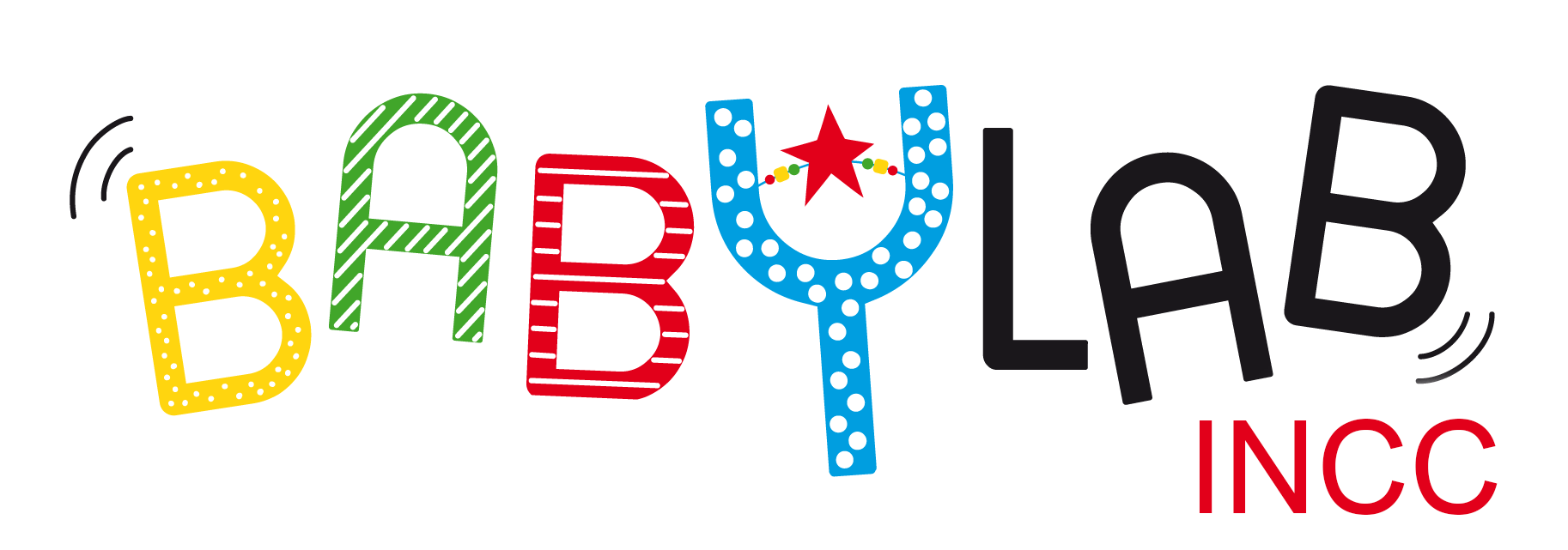2025 – 2026
From the first months of life, infants are able to perceive how many objects are present and can even perform simple arithmetic operations: if they see five objects placed behind a cover, then another five objects, they expect to see around ten objects when the cover is lifted. However, the relation between these early skills and early number learning is still poorly understood.
In particular, it takes children a long time to understand the meaning of number words. Around age 2 or 3, they first learn that the word “one” applies to a single object, while associating all other words (“two,” “three,” ‘four’) to large quantities. Next, children learn the meaning of the word “two,” which they use for sets of two objects, but continue to use the other number words interchangeably. They then learn the words “three,” and “four.”
At the same time, children also learn to recite number words in a counting list (“one, two, three, four, five…”) and practice counting. However, for many months they do not seem to understand the meaning of this activity: for them, the counting list is just another nursery rhyme with no particular meaning (another “eeny, meeny, miny, moe”).
How do children eventually manage to confer numerical meaning to number words and to counting? In particular, does understanding number words build on the type of early numerical skills observed in infants? These questions are hotly debated within the scientific community. However, the various theories put forward have been tested in different laboratories, using different methods (tasks, instructions, participants), and it is often difficult to reconcile the different results presented in the literature.
The collaborative project “ManyNumbers” seeks to resolve these difficulties. It brings together a network of more than 130 international laboratories and represents the different theoretical views in the field of early numerical learning. The aim of this project is therefore to establish a consensus on number learning, based on experimental methods approved by the community.
With a dataset of more than 3,000 children coming from different countries and background, the ManyNumbers project also offers a unique opportunity to explore the variability in children’s early numeric abilities, and identify factors playing a determining role on this variability. For example, we will collect information and evaluate hypotheses related to children gender, the age at which they started school, their social context, or the language they speak.


